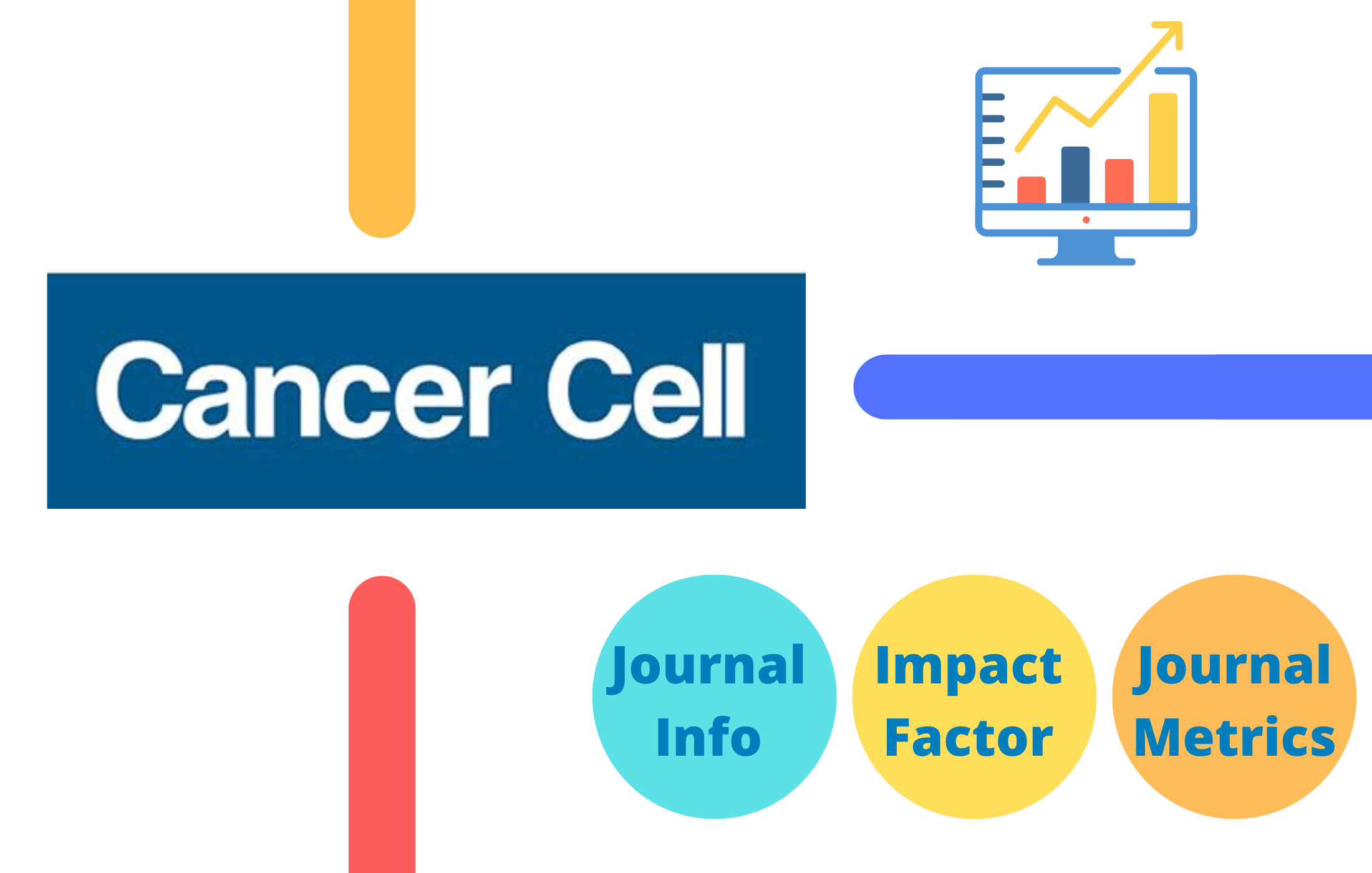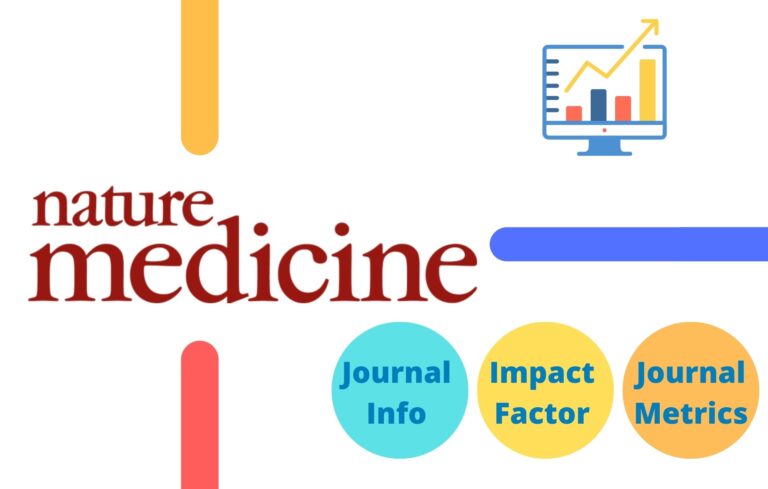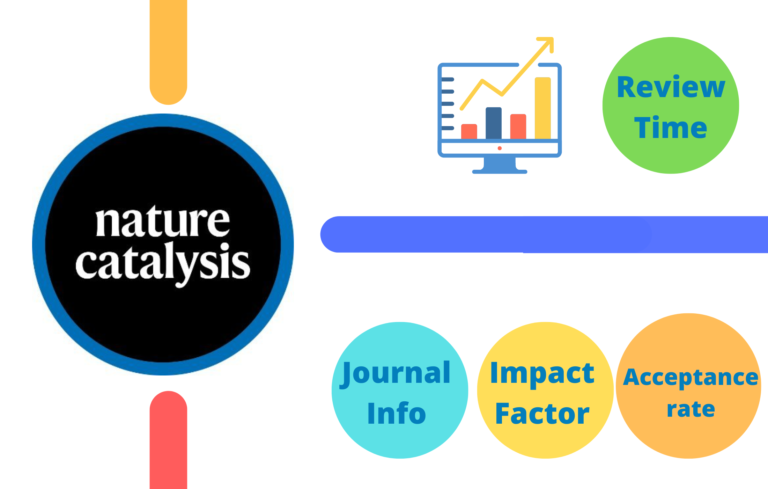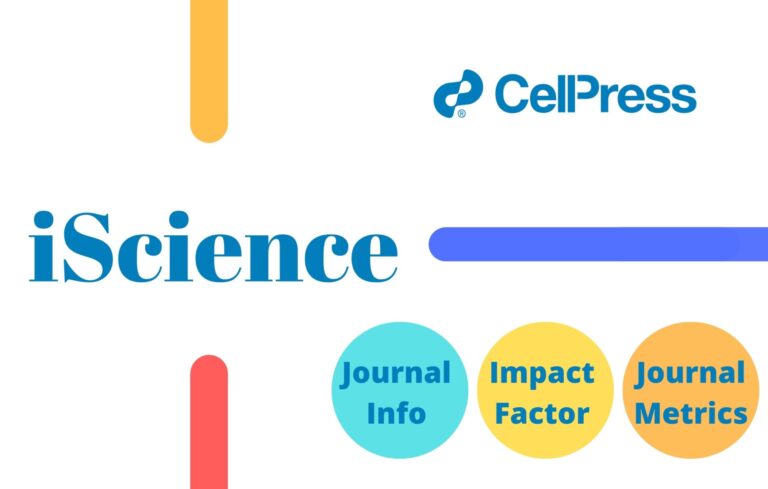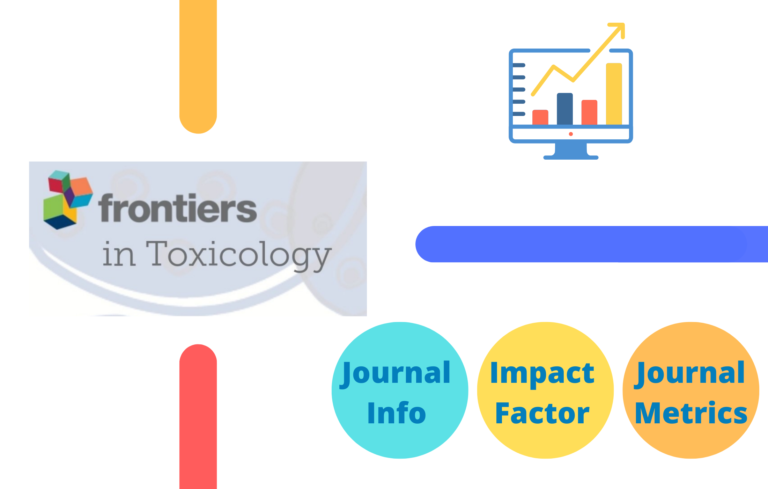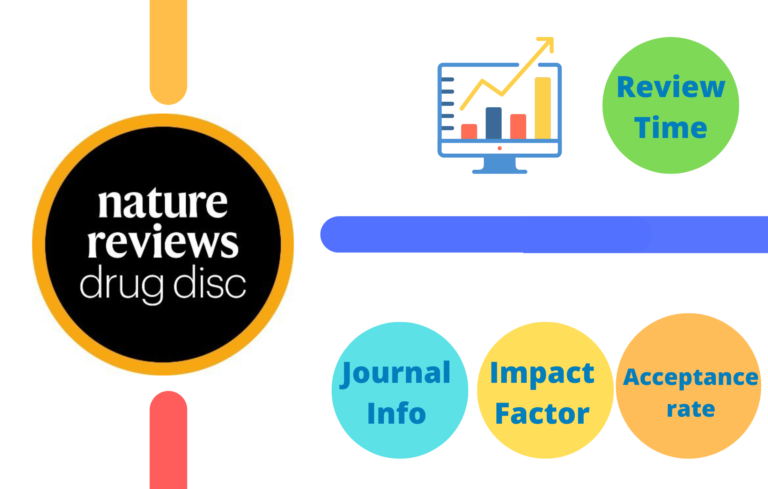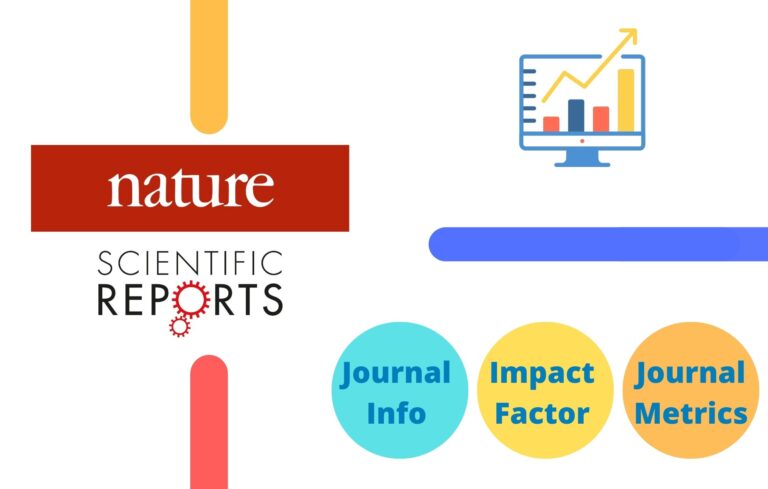Here in this post, apart from Cancer Cell Impact Factor, I have tried to compile all the necessary information a research scholar would seek before publishing an article in the journal.
About Cancer Cell Journal
Cancer Cell is a peer-reviewed scientific journal that publishes articles that provide major advances in cancer research and oncology. The journal considers manuscripts that answer important questions relevant to naturally occurring cancers.
Impact Factor of Cancer Cell
Impact Factor (IF) or often called journal impact factor (JIF) is an index provided by an analytics company named Clarivate. The impact factor is calculated by dividing the number of times the articles are cited in the last two years by the total number of publications in those two years.
For example,
- Total Citations in 2020 and 2021 = 5000
- Total Number of Publications in 2020 and 2021 = 500
- Impact Factor of the Journal in 2022 = 500/100 = 10
Cancer Cell Impact Factor (2017-2023)
- Cancer Cell Impact Factor 2017 – 22.844
- Cancer Cell Impact Factor 2018 – 23.916
- Cancer Cell Impact Factor 2019 – 26.602
- Cancer Cell Impact Factor 2020 – 31.743
- Cancer Cell Impact Factor 2021 – 35.58
- Cancer Cell Impact Factor 2022 – 50.3 (Updated June 2023)
Cancer Cell Impact Factor 2022
Cancer Cell H-index
The h index is a metric for evaluating the cumulative impact of an author’s scholarly output and performance; measures quantity with quality by comparing publications to citations.

The h index of Cancer Cell Journal is 359, which means among all the published articles in this journal, 359 of these publications have received at least 359 citations each.
Journal Metrics
CiteScore
CiteScore (CS) of an academic journal is a measure reflecting the yearly average number of citations to recent articles published in that journal.
| Cites / Doc. (3 years) | 2017 | 16.893 |
| Cites / Doc. (3 years) | 2018 | 15.740 |
| Cites / Doc. (3 years) | 2019 | 16.957 |
| Cites / Doc. (3 years) | 2020 | 20.804 |
| Cites / Doc. (3 years) | 2021 | 23.235 |
| Cites / Doc. (2 years) | 2017 | 14.245 |
| Cites / Doc. (2 years) | 2018 | 14.142 |
| Cites / Doc. (2 years) | 2019 | 16.781 |
| Cites / Doc. (2 years) | 2020 | 19.263 |
| Cites / Doc. (2 years) | 2021 | 20.813 |
Cancer Cell SCImago Rank
The SCImago Journal Rank (SJR) indicator is a measure of the scientific influence of scholarly journals that accounts for both the number of citations received by a journal and the importance or prestige of the journals where the citations come from.
| Year | SCImago Journal Rank (SJR) |
|---|---|
| 2018 | 11.741 |
| 2019 | 11.909 |
| 2020 | 13.035 |
| 2021 | 9.975 |
Cancer Cell Editorial Board Members
- Chief Editor | Steve Mao
- Scientific editor | Montse Rojo de la Vega, Feline Dijkgraaf, Zhaodong Li
Cancer Cell Publication Fee
Cancer Cell is an open-access journal. The publication fee for Cancer Cell is £7,130, €7,960, $8,900
Cancer Cell Review Time
Cancer Cell prioritizes rapid publication and uses single-blind peer review, which is standard across Cell Press journals.
| First decision | 1.53 weeks |
| Review time | 3.11 weeks |
| Publication time | 3.6 weeks |
Cancer Cell Reference Style
References should be sequentially numbered as they occur in the manuscript, and in-text citations should be written in numbered superscript style, e.g., “Multiple reports support this observation1,2” or “This observation is supported by Smith et al. 1“
Please use the style shown below for references. Note that each reference should contain only one citation, and “et al.” should be used only after ten authors. The CSL and EndNote styles can be found by searching the journal name.
Article in a periodical: Sondheimer, N., and Lindquist, S. (2000). Rnq1: an epigenetic modifier of protein function in yeast. Mol. Cell 5, 163–172. 10.1016/S1097-2765(00)80412-8.
Article on a preprint server or other repository: De Virgilio, C., Hatakeyama, R., Péli-Gulli, M.-P., Hu, Z., Jaquenoud, M., Osuna, G.M.G., Sardu, A., and Dengjel, J. (2018). Spatially distinct pools of TORC1 balance protein homeostasis. Preprint at Mendeley Data, 10.17632/m9s42s94fc.1.
Article in a book: King, S.M. (2003). Dynein motors: Structure, mechanochemistry and regulation. In Molecular Motors, M. Schliwa, ed. (Wiley-VCH Verlag GmbH), pp. 45–78.
An entire book: Cowan, W.M., Jessell, T.M., and Zipursky, S.L. (1997). Molecular and Cellular Approaches to Neural Development (Oxford University Press).
Websites: United Nations. Goal 7: Ensure access to affordable, reliable, sustainable and modern energy for all. https://www.un.org/sustainabledevelopment/energy.
Cancer Cell Endnote Style
You can download the Cancer Cell Endnote Style and Cancer Cell Zotero Style
Cancer Cell Abbreviation
The ISO 4 standard abbreviation for abstracting, indexing and referencing purposes of Cancer Cell is “Cancer Cell.”
Cancer Cell Acceptance Rate
The acceptance rate of a journal is the ratio of the number of articles submitted to the number of articles published.
The average acceptance rate of Cancer Cell journal is 25%
Cancer Cell Indexed in
Science is indexed in Scopus, SCImago, Web of Science, and UGC journal ranking



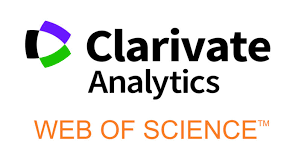
Read More
